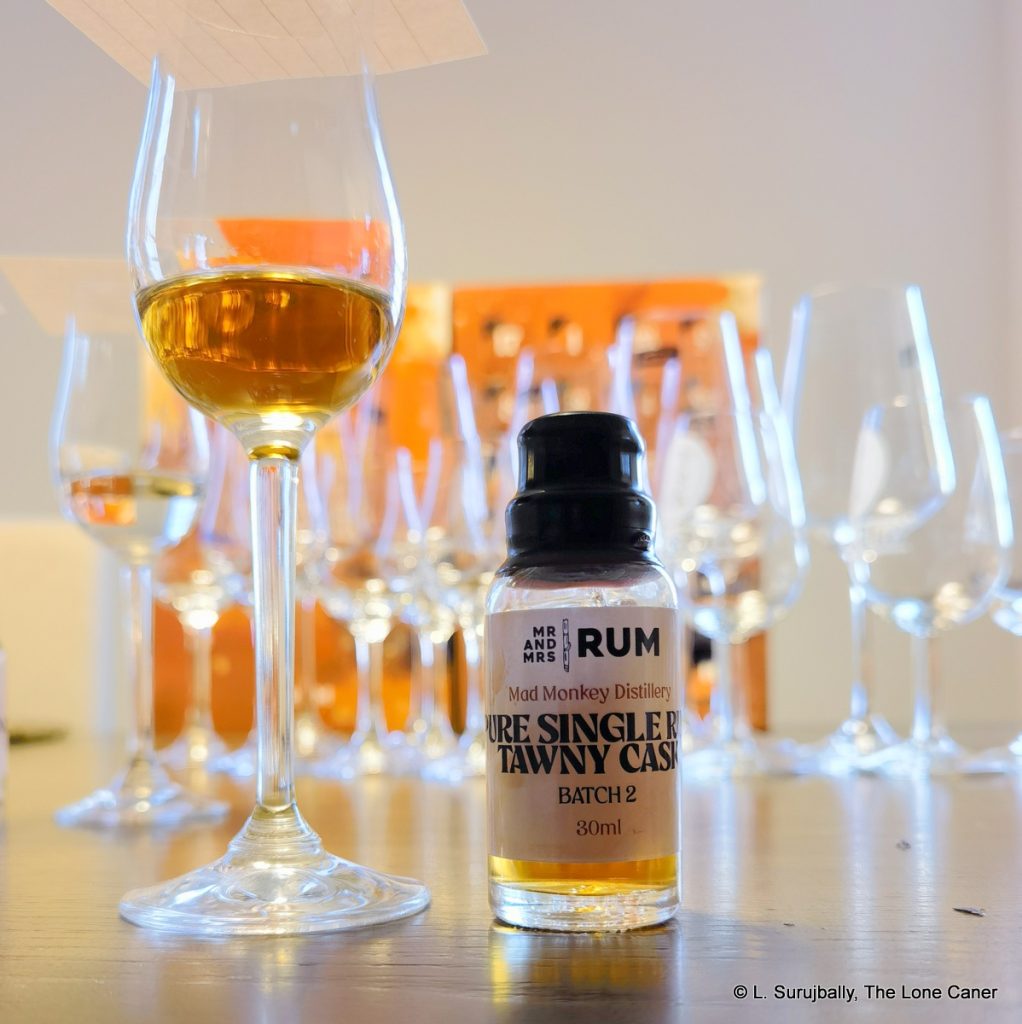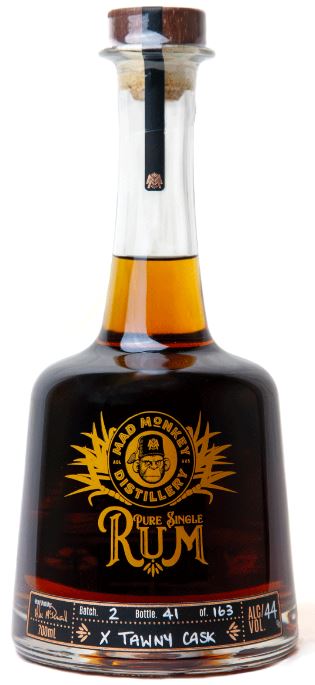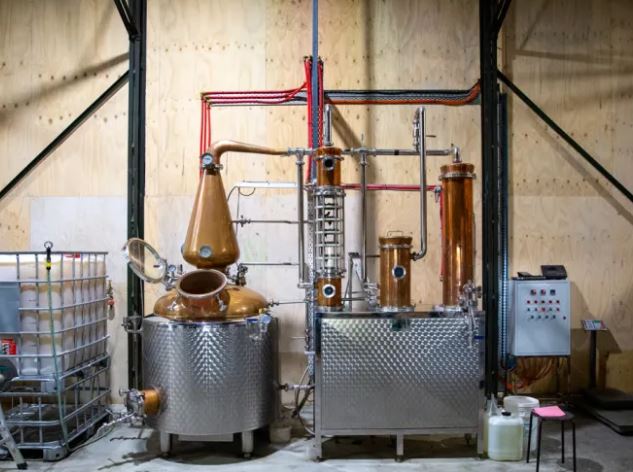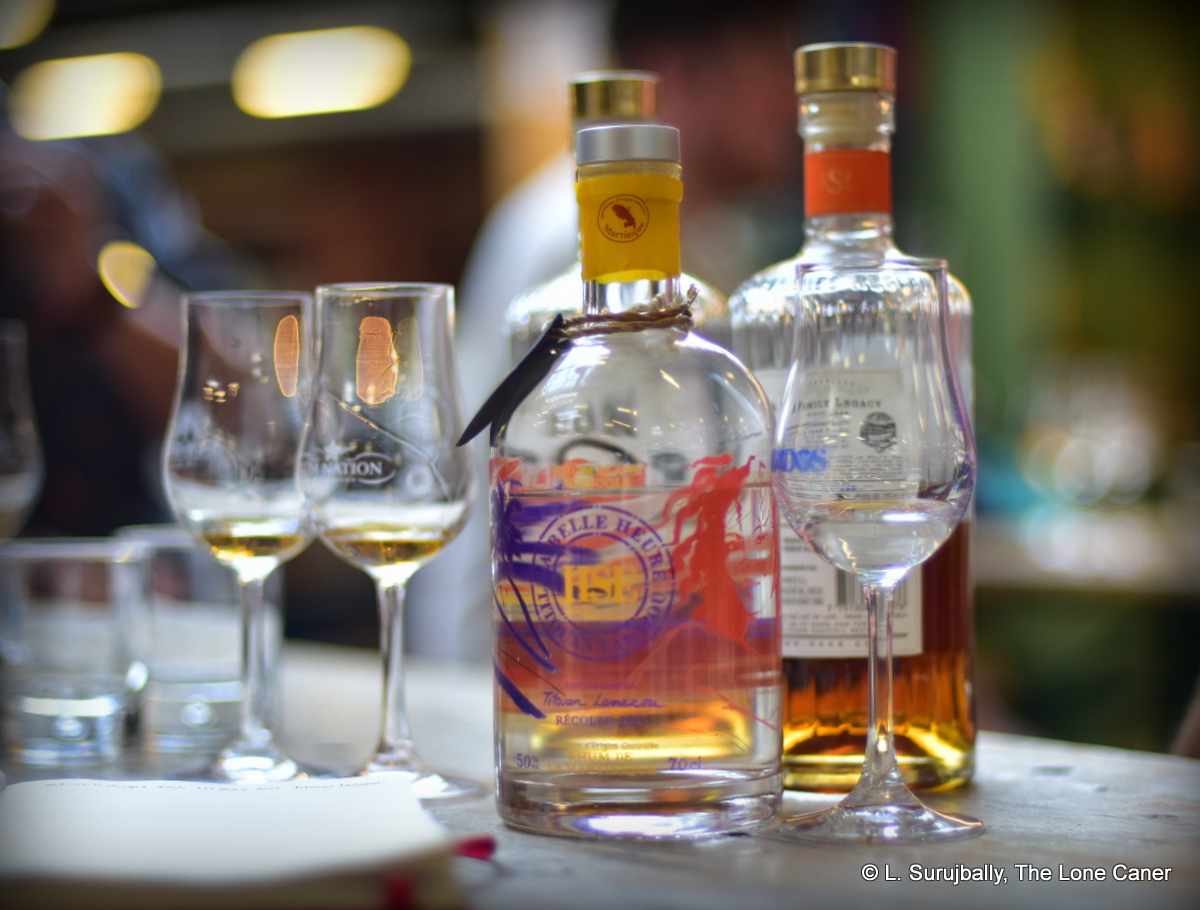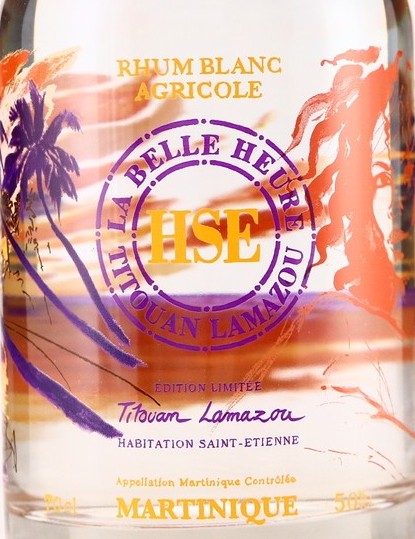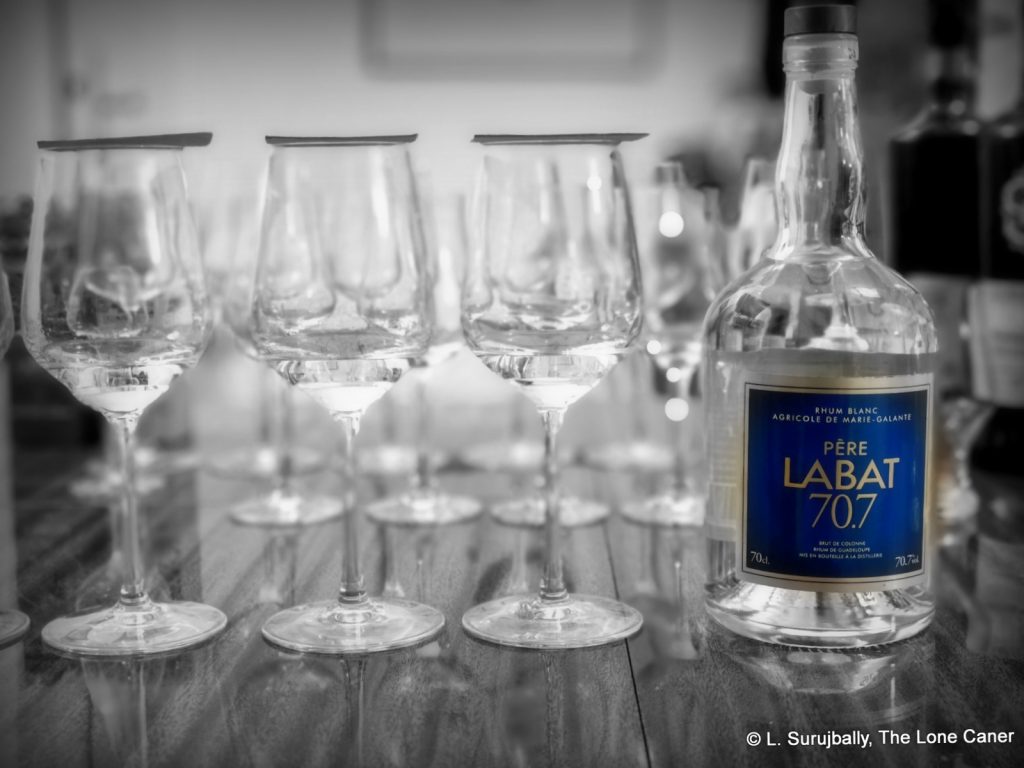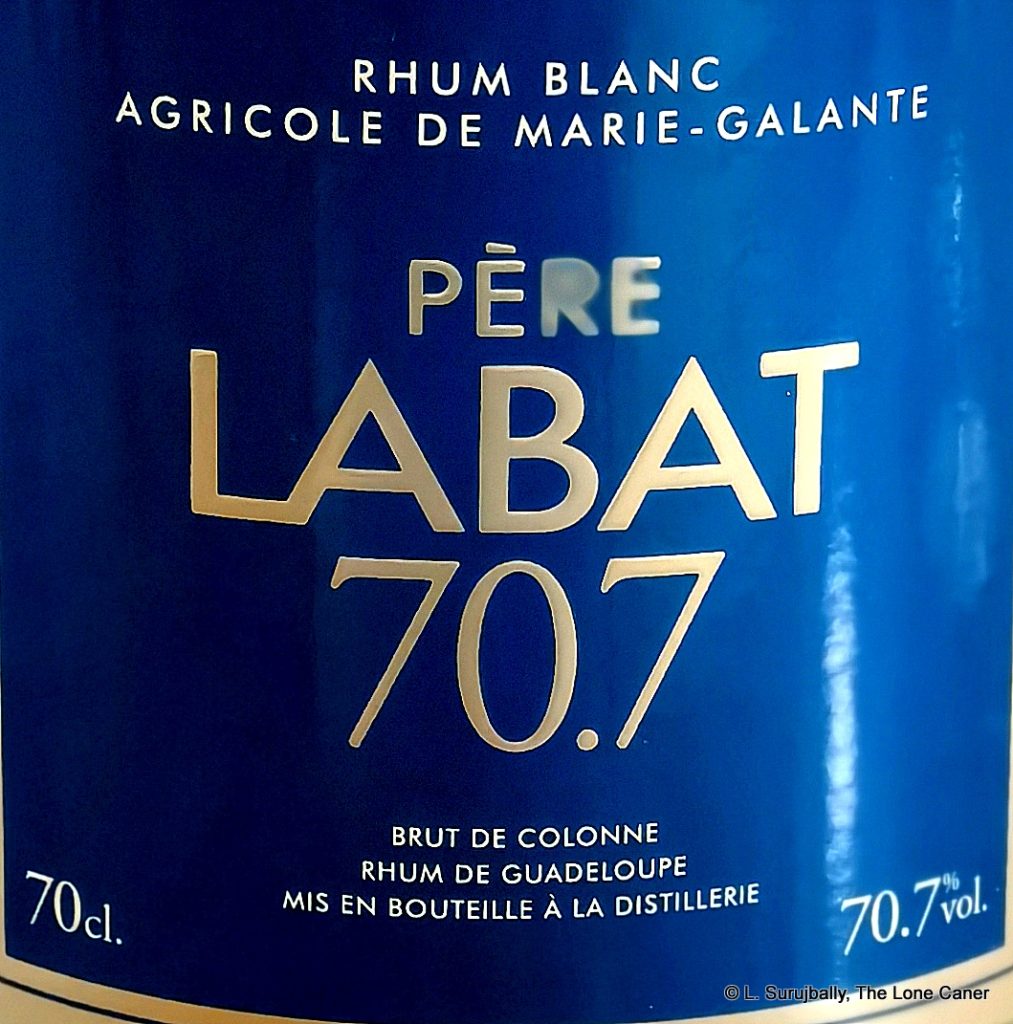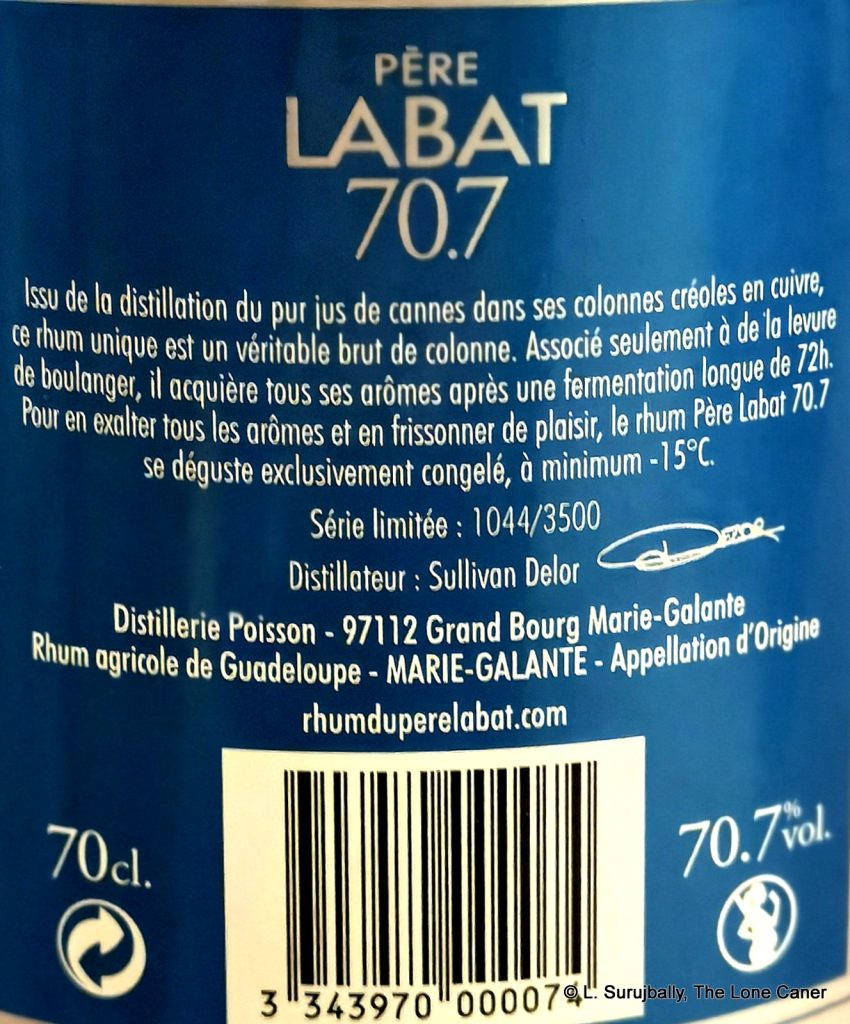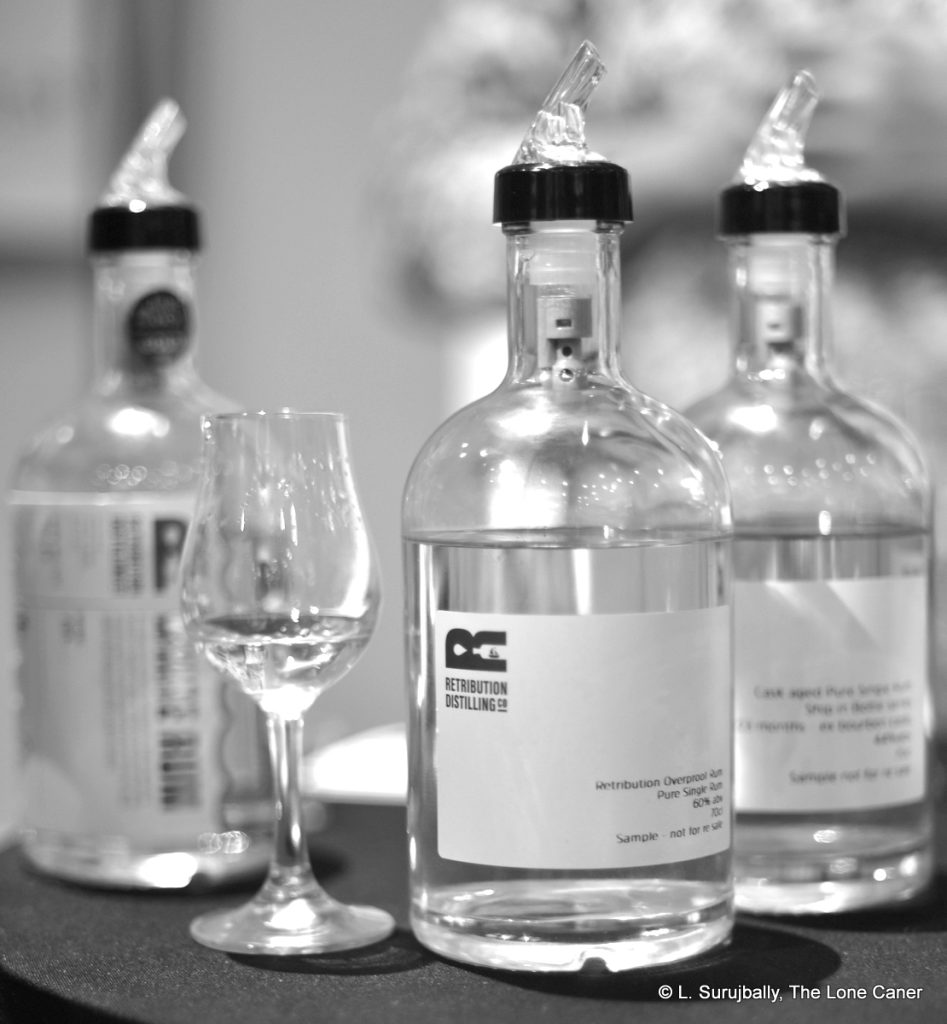 It’s not often that a rum aged just a few years that remains in development is as good or better than its own unaged white predecessor, but somehow, Retribution from the UK has done a fair dinkum job of it. Their white rum was unpretentious, eager to please and a decent drink that did not try to rearrange your innards (as so many feral whites try to do), and I quite liked it. Its slightly aged cousin is just a smidgen better, and it still isn’t finished or in open release yet.
It’s not often that a rum aged just a few years that remains in development is as good or better than its own unaged white predecessor, but somehow, Retribution from the UK has done a fair dinkum job of it. Their white rum was unpretentious, eager to please and a decent drink that did not try to rearrange your innards (as so many feral whites try to do), and I quite liked it. Its slightly aged cousin is just a smidgen better, and it still isn’t finished or in open release yet.
Retribution is a small distillery in Frome (a town in Somerset county, in the south west of the UK) that was started relatively recently in 2019, by a brewer named Richard Lock, who wanted to go beyond the suds he had been making to that point. Something of an auto-didact, he took courses in brewing and distilling at the Herriot-Watt University, and eventually switched over to a distilling operation. He then proceeded to issue a gin as his first product before branching out to whisky and rum. The latter (as of 2024) sports three editions: the white, a spiced and a-still-in-the-barrel aged rum, all made in relatively small quantities for now – it is this last we’re looking at today.
Technical details are the same as for the white rum: the molasses based wash is fermented between one and two weeks using a French sparkling wine yeast; double distillation through the two pot stills — first the one named “Big” (recent acquisition, 1800L) for the stripping run, and then a spirit run through “Little” (400L) — which results in an 80% ABV distillate that was then put to age in ex bourbon barrels in 2021, and diluted down to 44% for a sample exhibit. No additives, or other mucking about, of course, that goes without saying.
Even with the knowledge that this was a work in progress at the time it was tried, I think it was and remains a pretty nifty product. The nose had a nice, crisp citrus-y tang to it, which went well with hot pastries, caramel and vanilla. Oh but it doesn’t stop there: brine, olive oil, steamed cabbages and crisp tom yum soup notes proliferate, before swiftly receding, to be replaced by a more fruity and balanced profile – cherries, mangoes, ripe apples – some 7-up, cloves and greek yoghurt. Not too shabby for something this young and one can only wonder what it would be like were it stronger.
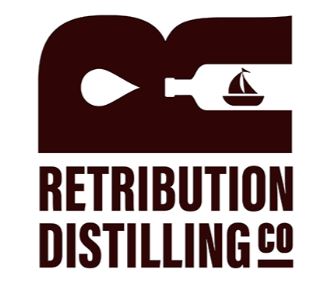 The ABV is more of an issue on the palate, where many rums with good aromas falter. For now, what is tasted is pretty good: the citrus through-line remains, showcasing lemongrass, lime leaves and zest; it is accompanied by unsweetened laban, olive oil, a light briny touch and black rye bread with sour cream and salt (a weird combo, I’ll grant you). Coriander, coconut milk, sour and hot vegetable soup, bitter strong chocolate, toffee, some herbs and soya complete the profile for me, and the finish pretty much sums up everything rather quickly before disappearing.
The ABV is more of an issue on the palate, where many rums with good aromas falter. For now, what is tasted is pretty good: the citrus through-line remains, showcasing lemongrass, lime leaves and zest; it is accompanied by unsweetened laban, olive oil, a light briny touch and black rye bread with sour cream and salt (a weird combo, I’ll grant you). Coriander, coconut milk, sour and hot vegetable soup, bitter strong chocolate, toffee, some herbs and soya complete the profile for me, and the finish pretty much sums up everything rather quickly before disappearing.
This is a rum that was brought to the 2023 TWE Rum Show in London for evaluation, and Richard gave me some to try as I was perambulating for two days straight in the most exciting room in the joint.1 I thought it was really quite something, and while it clearly needed some more time to come to a better fruition, even as it was there was little to complain about (Alex Sandhu, in his excellent bio of the company, made a similar point in his review of the still strength sample). The rum will be issued formally in mid 2024 as part of a subscription-based Rum Club release Cask #001, and I hope that it sells well and makes it possible for there to be others of higher and age and even better quality, to come. This one is a really good start.
(#1066)(85/100) ⭐⭐⭐½
Other notes
- The question is, why review something not on the market? Whatever comes out the other end in 2024 will surely be different since it’s had another year (at least) of ageing. But it’s actually not the first time I’ve done this: Helios’s Teeda 21 YO Japanese rum was based on an unreleased sample, and so was Mia’s 2018 rum from Vietnam, and there are a few others. I think there are simply some cases where a little pre-release hype and banging of the drum is justified and that’s especially so for micro-distilleries.
- The logo of the company references the owner’s maritime background and the ship-in-a-bottle models.
